A maritime drone refers to a remotely operated device used in the maritime industry. This term encompasses both aerial drones and underwater vehicles, but this article will focus on airborne applications, which are more commonly used today. The use of maritime drones is growing rapidly, with significant investments being made by international agencies. For example, in 2021, the European Maritime Safety Agency (EMSA) awarded a €30 million contract to TEKEVER for aerial surveillance of European waters. This highlights the increasing importance of these tools in modern maritime operations. Maritime drones are versatile and can be adapted for various tasks, from inspections to security and even deliveries. As their capabilities expand, more organizations are likely to adopt them, leading to improved safety, efficiency, and cost savings across the industry. Maritime drones are often used in environments that are difficult, dangerous, or inaccessible for human workers. They help reduce risk, save time, and improve the accuracy of inspections and monitoring activities. Here are some common applications: Cargo holds are often challenging to inspect due to their confined spaces and potential for contamination. Drones can quickly scan these areas for residues, rust, or other issues that could lead to failed inspections. This not only improves safety but also reduces downtime for ships. In the event of a fire, it can be too dangerous for humans to enter an engine room. Drones like the Elios 3 can safely navigate these spaces, helping firefighters assess the situation before entering. This improves safety and response times during emergencies. Inspecting ballast and fuel tanks is time-consuming and risky. Using drones can cut inspection times by up to 90%, making the process faster and safer. They can cover large areas efficiently and provide detailed data for maintenance and certification purposes. Watch the video below to see how a drone inspects a ballast tank: Inspecting large cranes is a complex and dangerous task. Drones make this process more efficient, safer, and data-driven. They can identify structural issues and help plan repairs without requiring workers to climb dangerous structures. Drones are increasingly used for border security, monitoring illegal fishing, and tracking drug and human trafficking. With advanced sensors and cameras, they can cover large areas quickly and reduce risks for personnel. Drones are now being used in maritime search and rescue missions. They can locate missing people, drop life-saving equipment, and reach areas that would be too dangerous for humans. In Australia, a drone successfully helped two teenagers swim to safety after dropping a flotation device. Delivering supplies to ships can be costly and time-consuming. Drones offer a more efficient and affordable alternative, allowing for quick delivery of essential items without the need to return to port. Maritime drones bring numerous benefits to the industry, including: Maritime drone technology is being widely adopted, with many companies offering specialized services for inspections and asset management. Here are a few real-world examples of how these drones have made a difference: This case study shows how using a drone for oil tank inspections saved over 15,000 hours of work that would have otherwise required scaffolding and a large team. The drone was able to complete the inspection efficiently and safely, proving its value in complex maritime environments. A photo from the close visual inspection with the Elios 3 inside the COTS. Read more about this case study of maritime drone inspection of cargo oil tanks. This case highlights how using a drone for hull inspections can significantly reduce costs. Instead of using scaffolding or rafting, the Elios 3 drone provided accurate results quickly, saving the company over $1 million in expenses. Read the full story on using a maritime drone for a hull inspection.  On a floating production, storage, and offloading vessel, using a drone for oil tank inspections reduced the time needed from weeks to just four days. This not only saved time but also kept personnel safe from hazardous conditions. This project involved inspecting 63 tanks on a rig off the coast of Brazil. By using two Elios 3 drones, the team completed the inspections in just 14 days, far faster than traditional methods that would have taken months. Learn more about inspecting 63 tanks with drones. Choosing the right type of maritime drone depends on whether the application is indoors or outdoors. The Elios 3 is designed for inspecting hard-to-reach areas. Its spherical design and FlyAware software allow it to navigate enclosed spaces safely. It features dual thermal 4K cameras and powerful lighting to detect cracks, corrosion, and other issues. The modular payload system allows for additional sensors, such as ultrasonic thickness measurement, making it ideal for detailed inspections. The DJI Matrice 300 RTK is built to withstand harsh maritime conditions. It has a long flight time, strong sensors, and compatibility with various third-party payloads, making it ideal for a wide range of inspections and operations. The Schiebel CAMCOPTER S-100 is a versatile helicopter-style drone suitable for both civilian and military use. It offers long-range capabilities, high-tech sensors, and is easy to operate, making it ideal for maritime surveillance and search and rescue missions. Many companies choose to use maritime drone services rather than purchasing their own. These services often include certified operators who can perform ultrasonic thickness measurements and other critical inspections, ensuring compliance and safety standards are met. Stainless Steel Parts,Stainless Steel Aluminum Brass Metal Parts,Stainless Steel Parts Cnc Machined Parts,Turning Optical Parts Shenzhen Yuheng Precision Machinery Co., Ltd. , https://www.yhcncmachiningparts.comWhat is a Maritime Drone?

What Are Maritime Drones Used For?
Cargo Hold Inspections

Engine Room Inspections
Ballast and Fuel Tank Inspections
Port and Ship to Shore Crane Inspection
Security and Surveillance
Search and Rescue
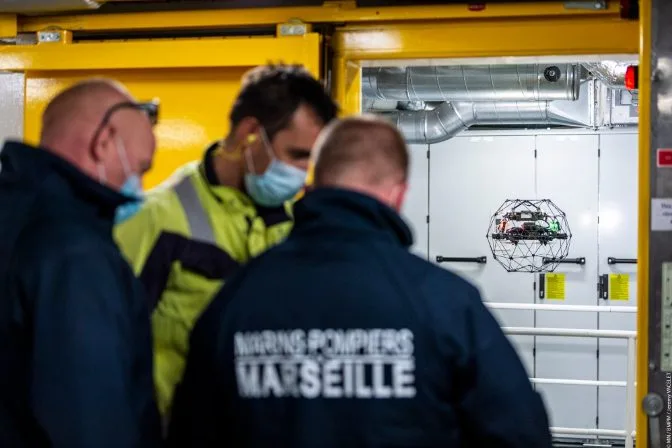
Drone to Ship Deliveries
Benefits of Using a Maritime Drone
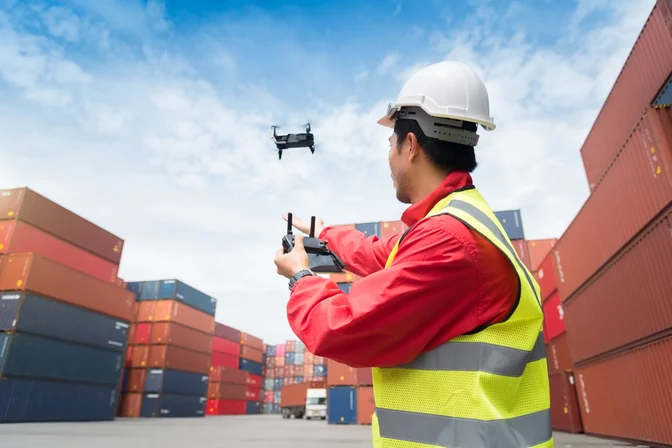
Case Studies of Maritime Drone Services
Saving 15,000 Hours of Work with a Maritime Drone
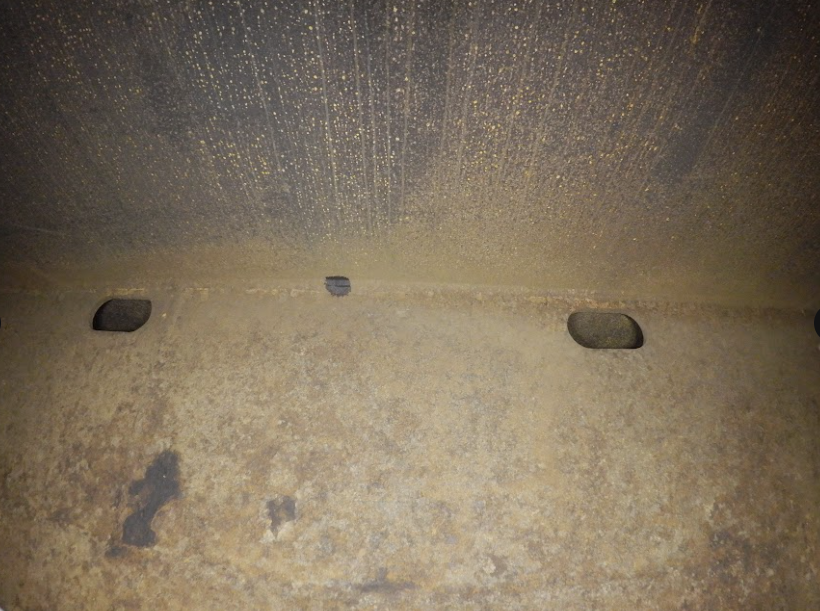
Marine Drone Services Save $1 Million for a Hull Inspection
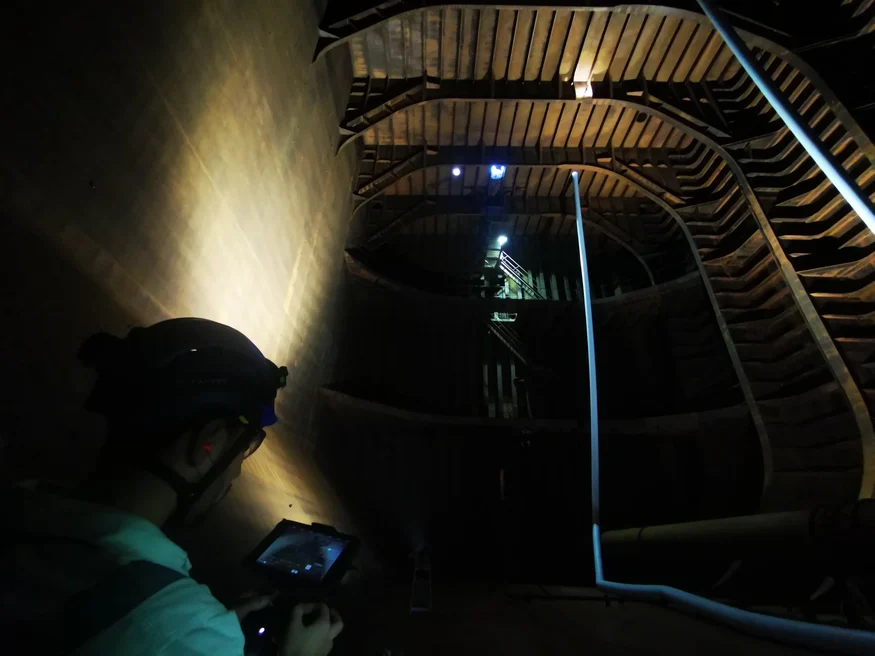 Malcolm of C-Bird guides the drone around the ship hull
Malcolm of C-Bird guides the drone around the ship hullInspecting Oil Tanks on an FPSO with a Marine Drone
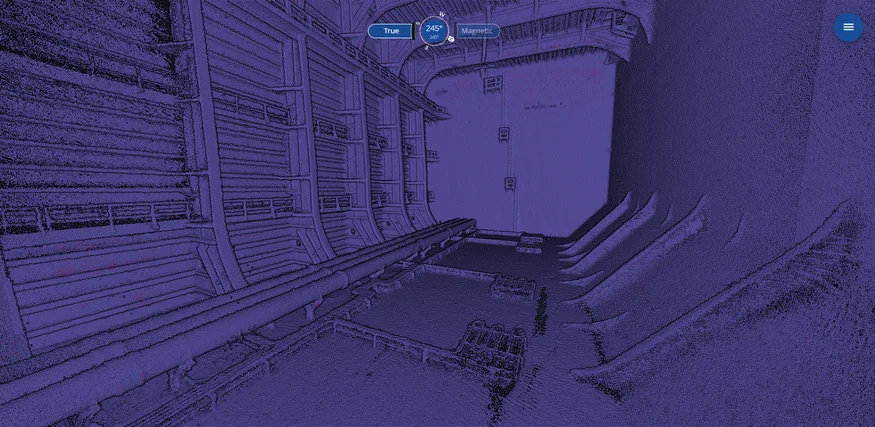
Read more about the oil tank inspections on an FPSO with a maritime drone.Inspecting 63 Tanks with 2 Elios Drones in 2 Weeks
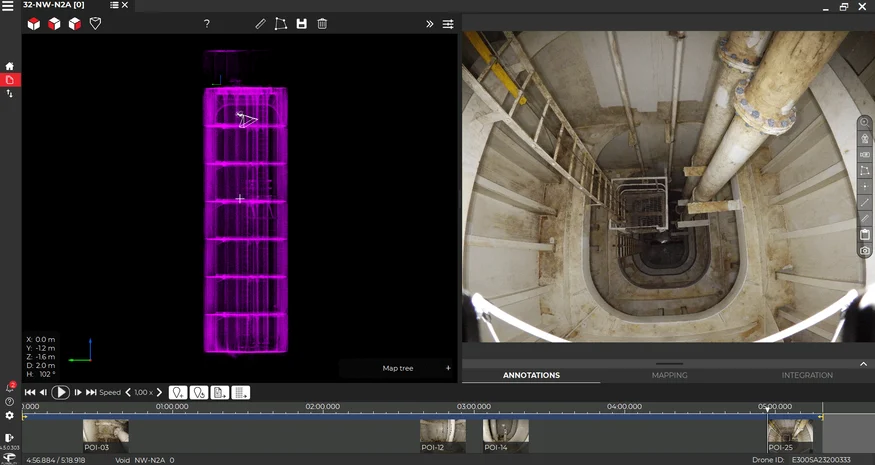 The tanks being inspected are very high, making them difficult to inspect manually
The tanks being inspected are very high, making them difficult to inspect manuallyTypes of Maritime Drones
Indoor Maritime Drones
Flyability Elios 3
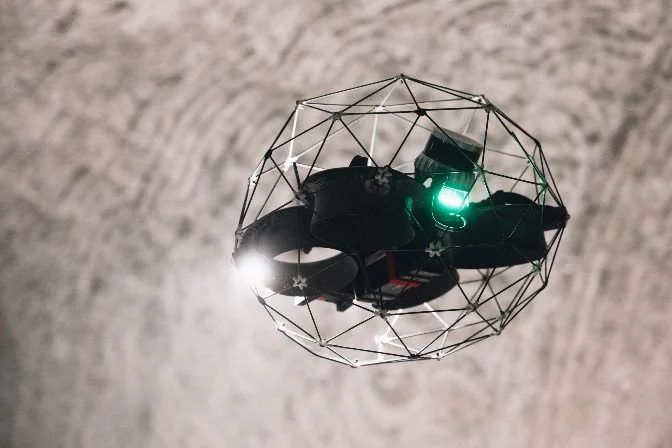
Outdoor Maritime Drones
DJI Matrice 300 RTK

Schiebel CAMCOPTER S-100
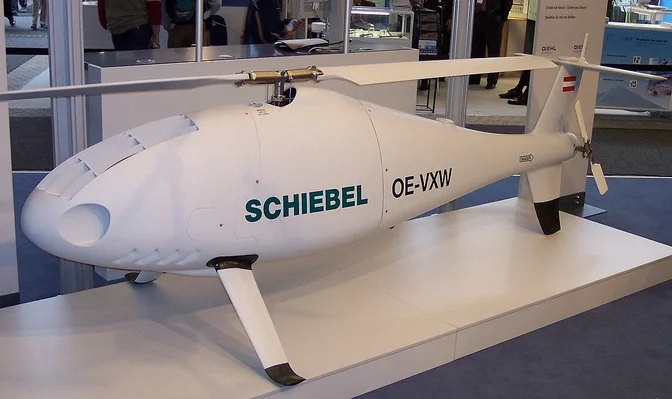
Maritime Drone Services
July 14, 2025